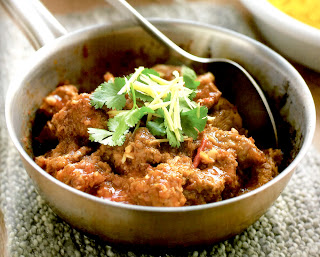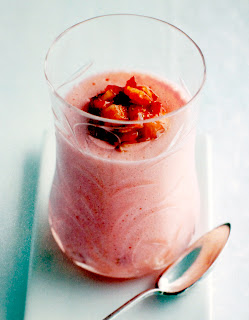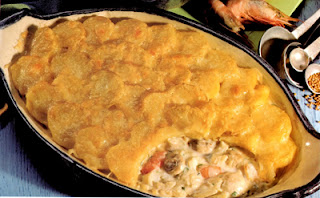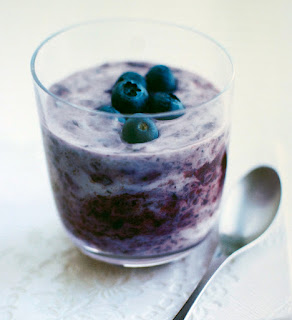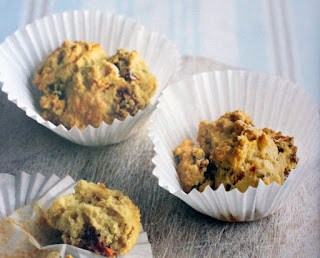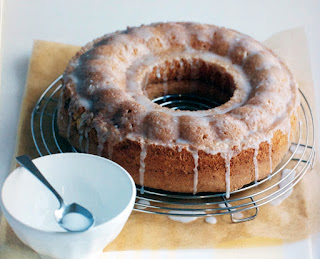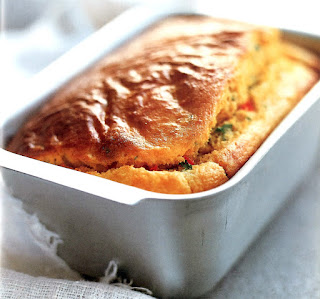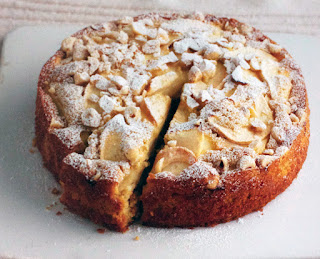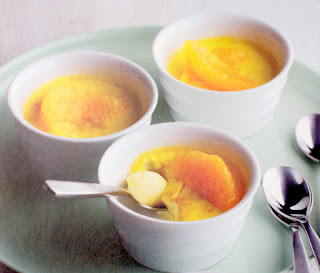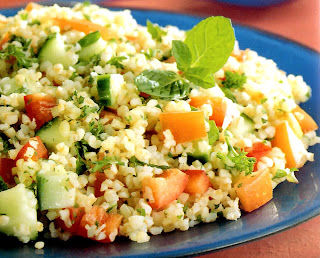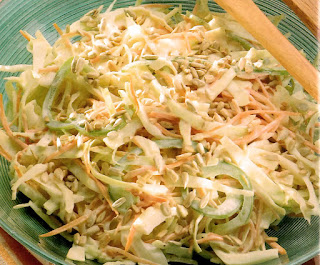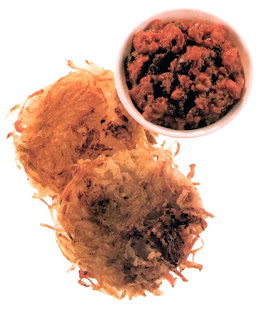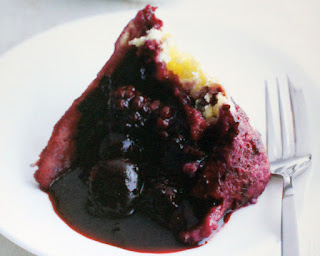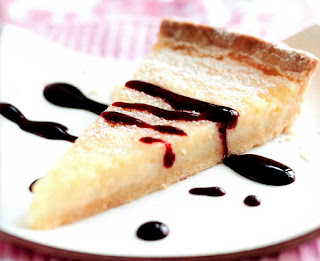When one thinks of curry, pork is not a meat that commonly comes to mind. Both Moslem and Hindu religious preferences are against it. Yet, the
Vindaloo of Goa (partly introduced by the Portuguese) is traditionally pork based and the sweet and slightly fatty nature of pork does make it a good base for many curries.
So here is a classic curry recipe that makes the most of a pork shoulder through use of slow coking and appropriate spicing.
Anyway, it's Saturday, so a good curry recipe is called for!
Spicy Pork Curry
Serves: 4
Ingredients:
2 tomatoes, chopped
2 large green chillies, chopped
4 garlic cloves
1 onion, chopped
2 tsp ground cumin seeds
5cm (2 in) length of fresh ginger, grated
1 small bunch of fresh coriander (cilantro), leaves and stalks coarsely chopped (reserve the leaves for garnish)
2 tbsp vegetable oil
750g (27 3/4 oz) pork shoulder, cut into bite-sized pieces
2 tbsp white malt vinegar
fresh ginger, finely chopped, to garnish
Method:
Combine the tomatoes, chillies, garlic, cumin and ginger in a food processor with the coriander roots and stalks. Pour in the oil then process the mixture until smooth.
Turn the paste into a casserole dish then bring to a simmer and cook for 5 minutes, stirring constantly, until golden brown and aromatic.
Add the pork to the casserole with 1l (4 cups) water and bring the mixture to a boil, stirring occasionally. Reduce the heat to a very gentle simmer and cook, uncovered, for 90 minutes, stirring often.
At this point stir in the vinegar. Allow to heat through then serve hot on a bed of rice.
UPDATE! My Big Book of Curry Recipes recipes book has just been published in a completely new and revised edition for Amazon Kindle!
This is the largest collection of traditional and modern Curry and Curry-associated recipes ever assembled. With over 780 Curry recipes divided into all the classic dish types.
You get chapters on: Starters; Meat-based curries; Chicken curries; Fish curries; Vegetarian curries, Accompaniments; Desserts; Breads; Snacks and Savouries; Drinks; Relishes and Pickles; Diwali Recipes; Spice Blends; Historic Curries, South Asian Curries, Southeast Asian Curries, East Asian Curries, African Curries and Caribbean Curries.
No only are traditional curries from the Indian sub-Continent and historic Anglo-Indian curries represented, but you get a global view of curry and how the dishes have been modified and adapted as they have moved across the globe..
The book finishes with Restaurant-style curry recipes and British adaptations of Curries. Note, the book has been updated with a new chapter on Diwali recipes, additional recipes in every chapter and Cape Malay curries added to the South African section.
Every classic and traditional curry type is dealt with in this ebook! Get you copy today and help this blog and the
Celtnet Recipes website keep going.


